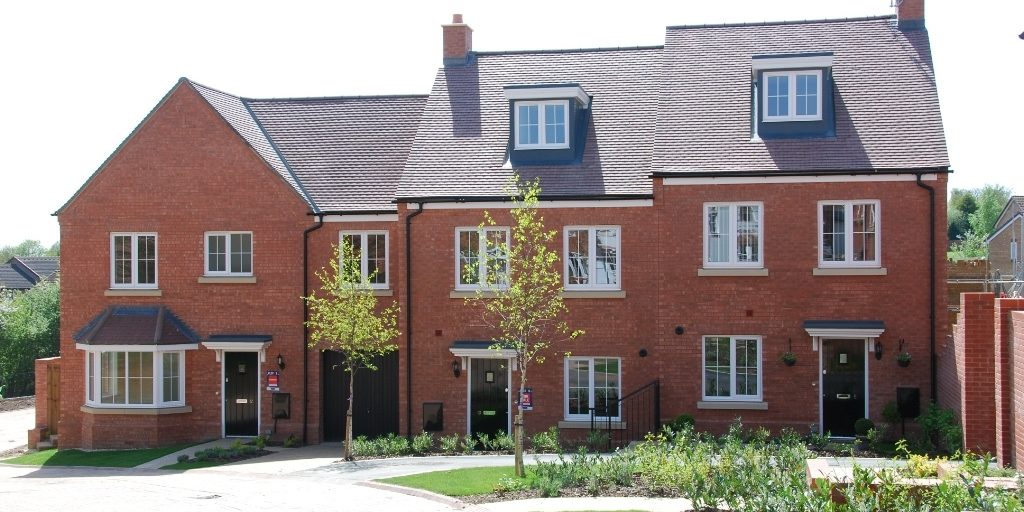Affordable Housing

Last modified:
15th November 2021
Oxfordshire needs truly affordable homes.
CPRE Oxfordshire believes the answer is simple: higher density housing that is good for the pocket and the planet.
CPRE Oxfordshire argues that new housing should be well-designed, higher density, low cost and use the minimum amount of land. On this basis, by 2050 at least 25% of all Oxfordshire housing would consist of higher density housing more suitable as first homes or for those wishing to downsize, rather than the larger executive housing often pushed by developers. As a result, Oxfordshire could save more of its valuable greenfield land which is a scarce and precious resource.
Helen Marshall, Director CPRE Oxfordshire said:
“Oxfordshire needs higher density housing to help create self-sufficient communities. CPRE Oxfordshire would like to see a target density of between 70-100 properties per hectare, a similar figure to the terraced houses found in Jericho, Oxford.
“We’d also like to see current local plans reviewed in order to make good use of land already allocated and minimise the need for further land to be developed. This would ensure the homes we need are available at more affordable prices, preserve land and make a significant contribution to meeting climate change targets.”
Higher density does not need to mean overcrowded estates and high-rise apartments. Well-designed, well-built developments can offer benefits to future residents:
- Higher density land use reduces individual unit prices making homes more affordable by reducing the land cost per unit to a minimum, as well as making them more economical to run.
- More efficient land use means a lower overall land take for any given number of homes, three times less in the case of a target density of 100 dwellings per hectare compared to a current Oxfordshire average of 35.
- Higher density neighbourhoods are more climate friendly as closely built housing is more efficient to heat, insulate and benefits from the heat from adjacent properties. Such communities are also able to support public transport and other services.
- Good design is a pre-requisite to ensure high density developments offer good quality homes without sacrificing green space. Goldsmith Street, Norwich is an award winning eco-friendly social housing development of 105 homes carefully designed to include private gardens and communal green spaces. With 83 homes per hectare and costs substantially below the UK average could Oxfordshire pursue equally innovative design?
